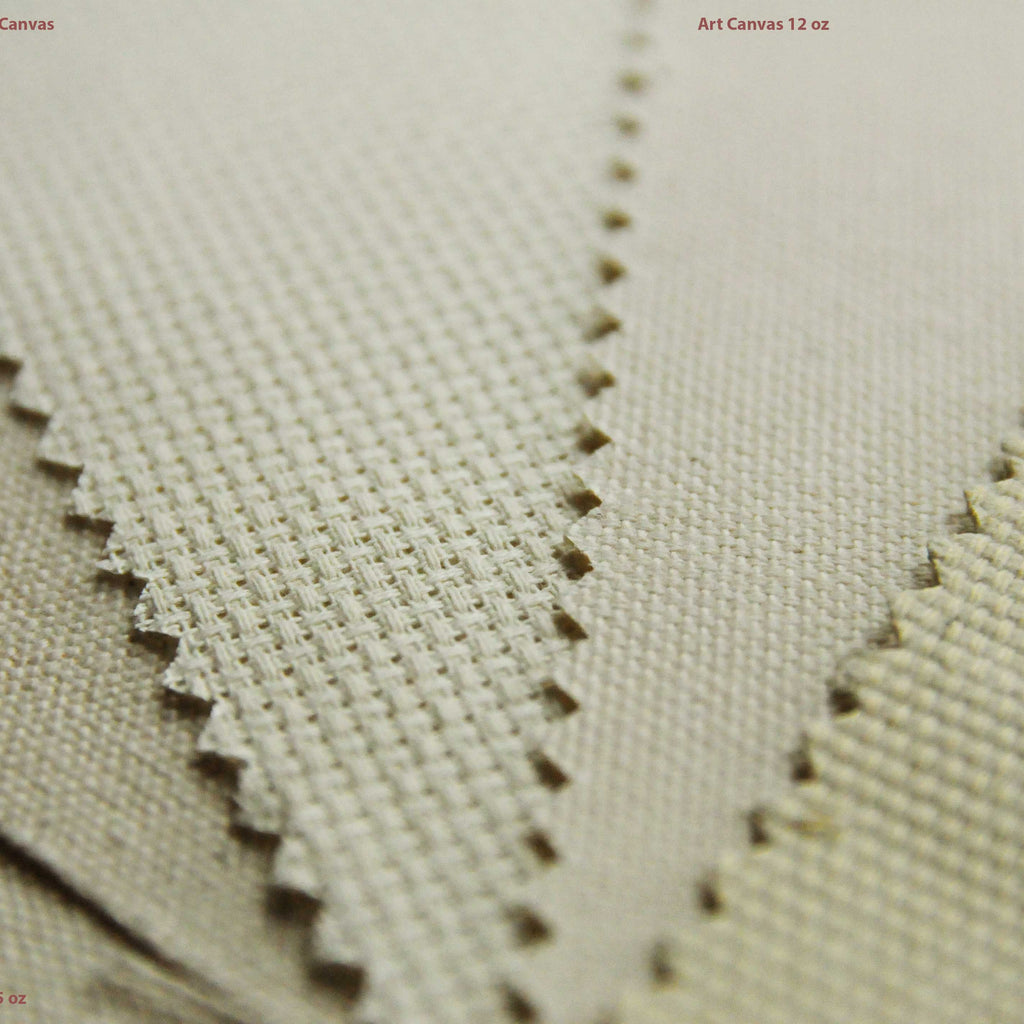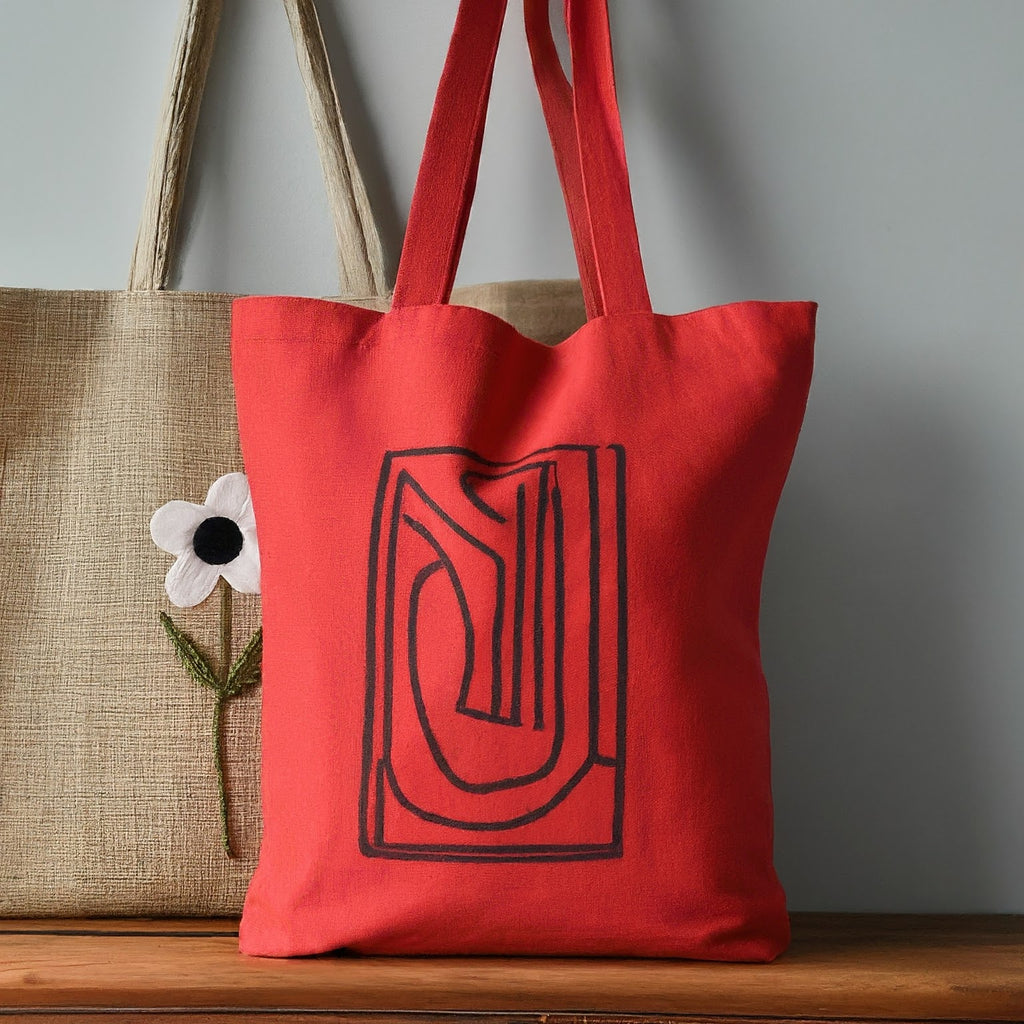
What Are The Differences Between Cotton And Canvas Fabric?

When it comes to selecting the right fabric for your products, understanding the differences between various types can help you make an informed decision. Cotton and canvas are two popular fabrics, each with its own set of characteristics, uses, and benefits. Whether you're in the business of making tote bags, aprons, or other wholesale products, knowing the distinctions between cotton and canvas fabric can be crucial. Let's explore the key differences between
these two materials.
1. Origin and Composition
Cotton: Cotton is a natural fiber harvested from the cotton plant. It is composed mainly of cellulose and is known for its softness and breathability. Cotton fibers are spun into threads that are then woven or knitted to create fabric.
Canvas: Canvas is also made from cotton, but it can be blended with other fibers such as linen.
The key difference lies in the weaving technique. Canvas is woven using a plain weave, which makes it sturdier and more durable than regular cotton fabric.
2. Texture and Feel
Cotton: Cotton fabric is typically soft to the touch, lightweight, and comfortable. It is gentle on the skin, making it ideal for clothing and products that require a soft feel, such as t-shirts, bed linens, and lightweight bags.
Canvas: Canvas fabric has a rougher texture compared to cotton. It is heavier and thicker, providing a more rugged feel. This makes canvas suitable for products that need to withstand wear and tear, such as tote bags, backpacks, and outdoor gear.
3. Durability and Strength
Cotton: While cotton is relatively durable, it is not as strong as canvas. Cotton fabric can wear out more quickly with frequent use and washing. It is best suited for items that do not require heavy-duty performance.
Canvas: Canvas is known for its exceptional durability and strength. The plain weave construction and heavier weight make it resistant to tearing and abrasion. Canvas is ideal for products that need to endure rough handling and extended use.
4. Water Resistance
Cotton: Cotton is not naturally water-resistant. It tends to absorb moisture, which can make it prone to shrinking and stretching when wet. Cotton fabric is best used for applications where water resistance is not a primary concern.
Canvas: Canvas, particularly when treated or coated, can offer some level of water resistance.Waxed canvas, for example, is highly water-resistant and is often used in outdoor gear and bags. Even untreated canvas provides better moisture resistance than regular cotton due to its tight weave.
5. Versatility and Applications
Cotton: Cotton's versatility and softness make it suitable for a wide range of applications. It is commonly used in apparel, home textiles, and accessories. Cotton's breathability and comfort are especially valued in garments that are worn close to the skin.
Canvas: Canvas is versatile in a different way. Its strength and durability make it ideal for products that need to be robust and long-lasting. Canvas is often used in making tote bags, backpacks, aprons, and outdoor equipment. It is also popular in the art world for creating paintings and prints.
Both cotton and canvas fabrics have their own unique qualities that make them suitable for different applications. Cotton is prized for its softness and comfort, making it ideal for clothing and lightweight textiles. Canvas, with its strength and durability, is perfect for heavy-duty items that need to withstand wear and tear. Understanding these differences can help you choose the right fabric for your products, ensuring that you meet the needs of your customers while
maintaining quality and performance. Whether you're producing tote bags, aprons, or any other items, selecting the appropriate fabric is a key step in delivering exceptional products.


































